Easy to Draw Kingdom Hearts Fan Character
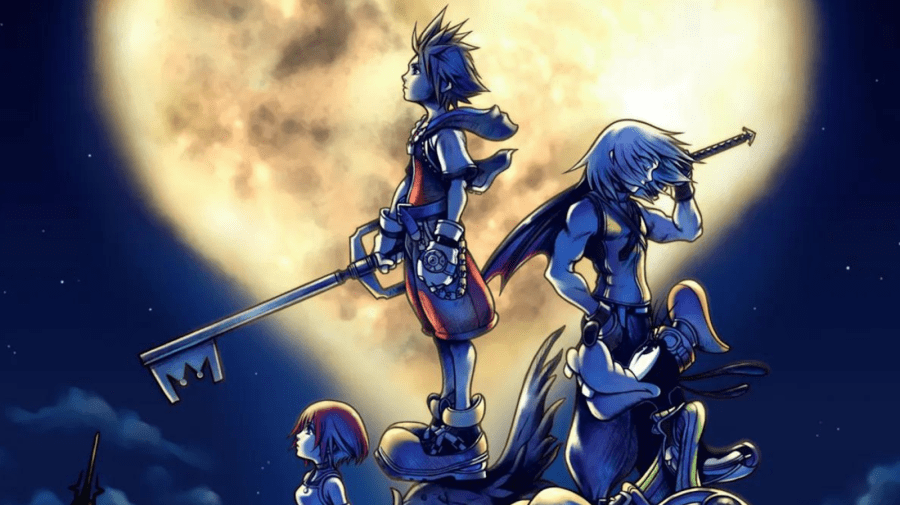
With more than 35 million units sold across the world, Kingdom Hearts is one of the most popular entertainment titles in the world. Not to mention, it went from an experiment born from an unlikely partnership — Disney teamed up with Japanese role-playing game (JRPG) powerhouse, Square Enix (Final Fantasy series, Chrono Trigger) — to an elite IP. That's quite a journey. Even though the Kingdom Hearts games are now 20 years old (and no longer a Nobody), you still might be wondering: What was the franchise's recipe for success?
An Unlikely Duo: The Origins of the Kingdom Hearts Games
Before Goofy and Donald teamed up with Sora — the Keyblade-wielding protagonist of the Kingdom Hearts games — The Walt Disney Company and Square Enix formed their own real-life partnership. So, how did the idea for this beloved action RPG come about?
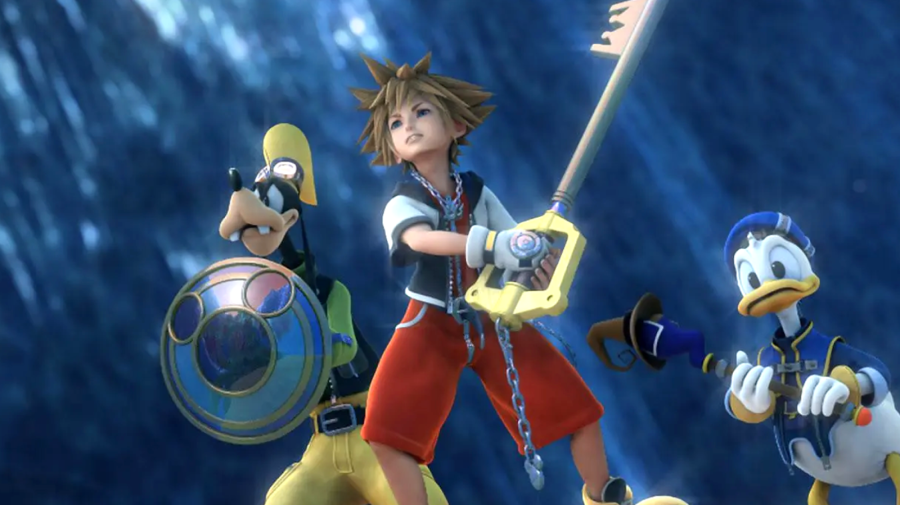
Former Square Enix producer Shinji Hashimoto and Final Fantasy creator Hironobu Sakaguchi wanted to make a 3-D hit like Super Mario 64 (1996), but felt only Disney had characters popular enough to rival Nintendo's Mario. Luckily for Square Enix, they shared an office building with Disney's Japan-based branch at the time. When Hashimoto had a chance encounter with an executive from Disney in an elevator, he pitched the idea.
A top-notch game needs the best of the best working on it. Square Enix's Tetsuya Nomura, who was then-known for his memorable character design work for Final Fantasy VII (1997), offered to direct the project. At first, Nomura and his team focused their efforts on Kingdom Hearts' gameplay, believing the Disney audience would prefer a simple story. But Sakaguchi stepped in, insisting that the game needed Final Fantasy-level story, world-building and lore.
Featuring a mix of characters from the Final Fantasy series, Disney and Pixar's films and a few originals designed by Nomura himself, Kingdom Hearts has quite the broad appeal. And, despite being an entirely new IP in 2002, it already had a lot of brand recognition thanks to this ensemble.
Released in Japan on March 28, 2002 — and, later, in North America on September 17, 2002 — the first Kingdom Hearts introduced players to Sora, Kairi and Riku. These original characters live on the idyllic Destiny Islands — until their home world is suddenly overtaken by darkness. As destiny would have it, Sora is a Keyblade-wielder — yes, a giant key-shaped sword serves as his weapon — and can fight off the dark beings known as Heartless.
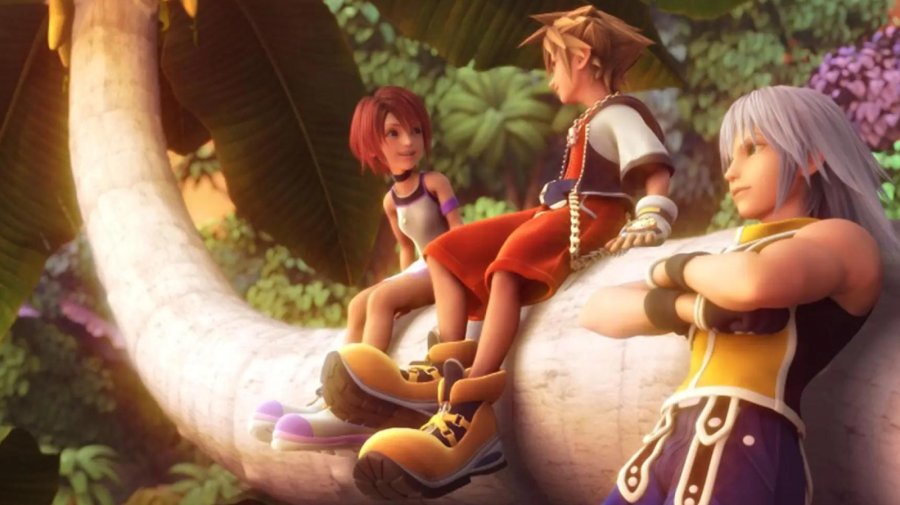
Sora, Kairi and Riku end up separated, and in the middle of a plot that involves the Heartless, other worlds infected by their darkness and a missing king. That king, of course, is Mickey Mouse; before vanishing, he instructed Donald Duck and Goofy to find the Keyblade wielder. Soon enough, Donald, Goofy and Sora band together to save the worlds from the Heartless, and the Disney villains who control them.
Of course, there are some complications. Maleficent (Sleeping Beauty) is the head villain, and she also enlists a Heartless-possessed Riku to help her find seven maidens — the Princesses of Heart — who have the power to open a doorway to the "heart of all worlds". (Mostly, they're Disney princesses, but Alice, of Alice in Wonderland, and Kairi are also among their ranks.)
The master manipulator behind all of this (at least for now) is a Heartless researcher, Ansem — one of the many forms taken on by Sora's main antagonist, Master Xehanort, in the Dark Seeker Saga, which wrapped up with Kingdom Hearts III.
There's also, of course, a lot of lore about hearts. Princesses of Heart, for example, are all light — there's not a trace of darkness in them. Characters like Riku, on the other hand, struggle with darkness. Jealous of Sora and Kairi's relationship, Riku opens their world up to evil, only to find himself manipulated time and again. For most of the cast, the struggle between light and darkness is ongoing.
Even Mickey's intentions don't seem pure at a certain point. For one, it's surprising that Disney allowed that kind of "gray area" storyline, especially in regards to their mascot. But it's also what sets the Kingdom Hearts games apart.
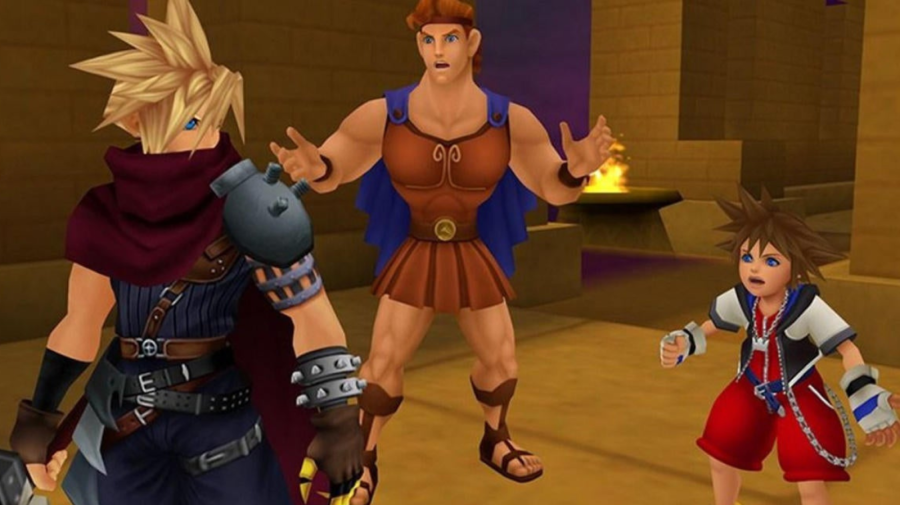
We won't delve into too much spoiler territory for the first game. And we certainly won't get into the details of the many sequels and prequels either, mostly because the Kingdom Hearts games are known for being…confusing, to say the least. But, above all, Kingdom Hearts is a testament to the power of friendship.
Disney isn't quick to license its IP, but the novelty of the pitch clearly hit execs the right way. Not to mention, Square Enix is known for character-driven stories. So, yes, on paper it might sound strange to mix the playfulness of Disney with the self-seriousness of Final Fantasy, but both properties resonate deeply with fans — and, together, made even more of an impression.
The Enduring Success of Kingdom Hearts
Aside from casting familiar characters in a new, interactive light, the Kingdom Hearts games have a lot of other things going for them. For starters, although Sora isn't the protagonist of every game in the long-running series, he is front-and-center in the mainstay titles. At the end of the day, he's the hero whose story we care about most.
Some of our favorite cartoon characters never grow up, but Sora's different. Over the course of several games, we've watched him grow up and make (sometimes fatal) mistakes. He's kind of the perfect "in" for players; everything is new and exciting to him, including the cast of Disney characters, and there's something about the freshness of that experience — that childlike excitement combined with the game's high stakes — that makes for a winning recipe.
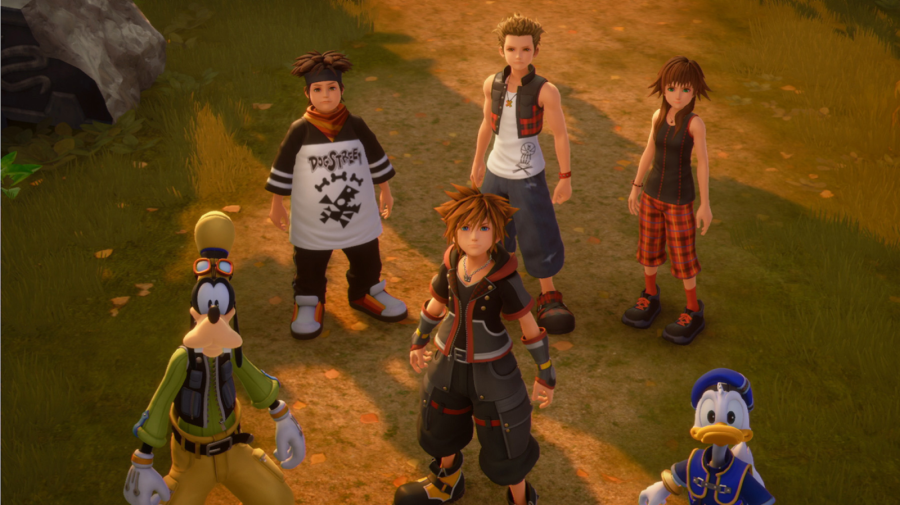
Not to mention, Kingdom Hearts — along with late '90s and early 2000s shows, like Dragon Ball Z, Sailor Moon, Pokémon and Naruto — helped introduce even more kids in Western countries to anime, JRPGs and J-Pop. Even if you weren't a huge Kingdom Hearts fan, odds are you've heard Utada Hikaru's "Simple and Clean", for example. Much like anime and manga, the Kingdom Hearts games didn't wrap up neatly. Instead, the epic storyline goes on, hooking players who are eager to see what happens next.
The Kingdom Hearts games certainly wouldn't be as successful as they are without the series' tried-and-true gameplay. Unlike '90s installments in the Final Fantasy series, which were generally turn-based RPGs, Kingdom Hearts took a more active approach. Instead of waiting for your turn to attack, you can just hack and slash your way through hordes of Heartless.
This real-time combat isn't all slicing up enemies with your Keyblade, though. With the support of Donald and Goofy, you'll also employ magic, summon Disney characters to aid you and use special abilities and items. Some entries in the series do stray from the hack-and-slash elements of the first game. The turn-based, card-centric gameplay of Kingdom Hearts: Chain of Memories (2004), a sequel that came out on the GameBoy Advance (GBA), is one such example. But, by and large, the controls remain pretty much the same across the tentpole releases.
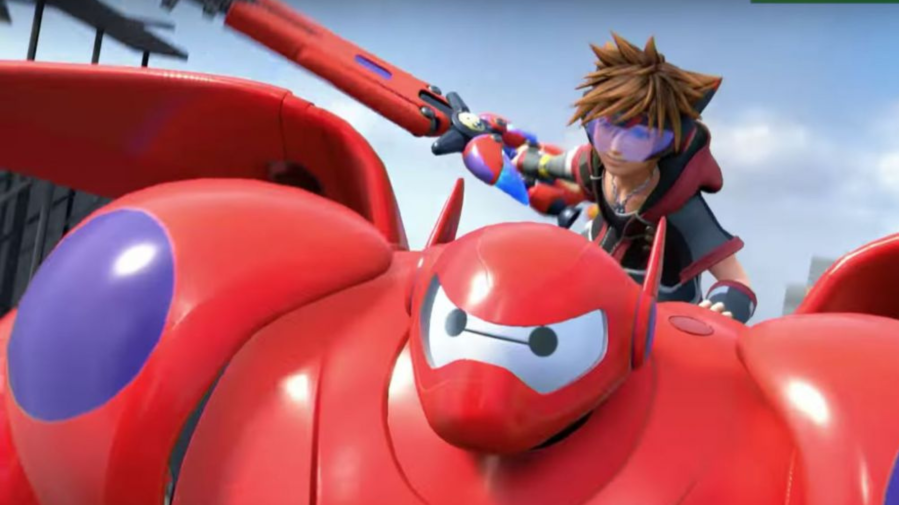
Square Enix, of course, improves upon the gameplay when needed. Kingdom Hearts II, for example, felt so much smoother than the first game when it came out in 2005. Gameplay improvements and better graphics always pair well with consistency and nostalgia, and the Kingdom Hearts games are certainly proof of that.
The Future of Kingdom Hearts
Now, 20 years after the first Kingdom Hearts game debuted, the world of the series has grown and grown. In release order, the franchise encompasses the following titles:
- Kingdom Hearts (2002) (PS2)
- Kingdom Hearts Final Mix (2002) (PS2)
- Kingdom Hearts: Chain of Memories (2004) (GameBoy Advance)
- Kingdom Hearts 2 (2005) (PS2)
- Kingdom Hearts 2 Final Mix (2005) (PS2)
- Kingdom Hearts Re: Chain of Memories (2007) (PS2)
- Kingdom Hearts: Coded (2008) (Mobile)
- Kingdom Hearts: 358/2 Days (2009) (Nintendo DS)
- Kingdom Hearts: Birth By Sleep (2010) (PSP)
- Kingdom Hearts Birth By Sleep Final Mix (2010) (PSP)
- Kingdom Hearts Re: Coded (2010) (Nintendo DS)
- Kingdom Hearts 3D: Dream Drop Distance (2012) (Nintendo 3DS)
- Kingdom Hearts X (2013) (Internet Browser)
- Kingdom Hearts: Unchained X (2015) — Rebranded as Union X (2017) — (Mobile)
- Kingdom Hearts HD II.8 Final Chapter Prologue (2017) (PS4/Xbox One/Switch) — a compilation of remastered games to play ahead of Kingdom Hearts III
- Kingdom Hearts: Birth By Sleep 0.2: A Fragmentary Passage (2017) (PS4)
- Kingdom Hearts X Back Cover (2017) — short film composed of cutscenes
- Kingdom Hearts III (2019) (Xbox One/PS4)
- Kingdom Hearts III: ReMind DLC (2020) (Xbox One/PS4)
- Kingdom Hearts: Dark Road (2020) (Mobile)
- Kingdom Hearts: Melody of Memory (2020) (Xbox One/PS4/Switch)
Note: Unbolded titles are remakes, remasters or "director's cut"-like versions of other titles.
Playing them in canonical order, though, is a bit more complicated:

But even with the long-awaited release of Kingdom Hearts III, just one epic story has come to a close. If the 20th anniversary stream was any indication, the Kingdom Hearts games have a long, fruitful life ahead. Square Enix has already announced the final chapter of Dark Road as well as theiOS/Android game, Kingdom Hearts: Missing Link , and Kingdom Hearts IV, a console game that will kick off Sora's next epic adventure (the Lost Master Arc).
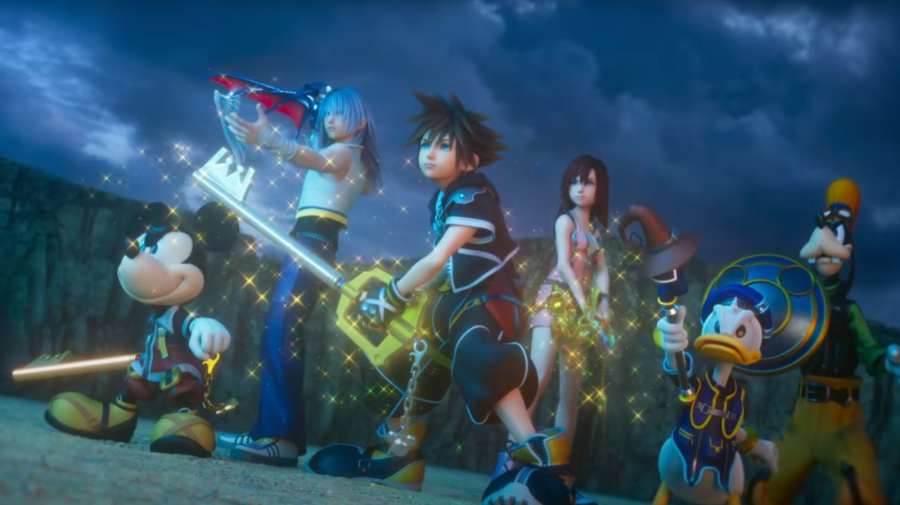
It's difficult to find a series that has been with you for so many of life's ups and downs. But so many gamers who play Kingdom Hearts know the series to be a familiar, constant companion. At 20 years old, the franchise really has been around for a lifetime for some players. No matter where you are on your Kingdom Hearts journey, there's no wrong way to jump in — one sky, one destiny, after all.
Source: https://www.ask.com/culture/kingdom-hearts-games-series-origins?utm_content=params%3Ao%3D740004%26ad%3DdirN%26qo%3DserpIndex&ueid=b57cc3c5-6435-483b-aa39-2707489a174c
0 Response to "Easy to Draw Kingdom Hearts Fan Character"
Post a Comment